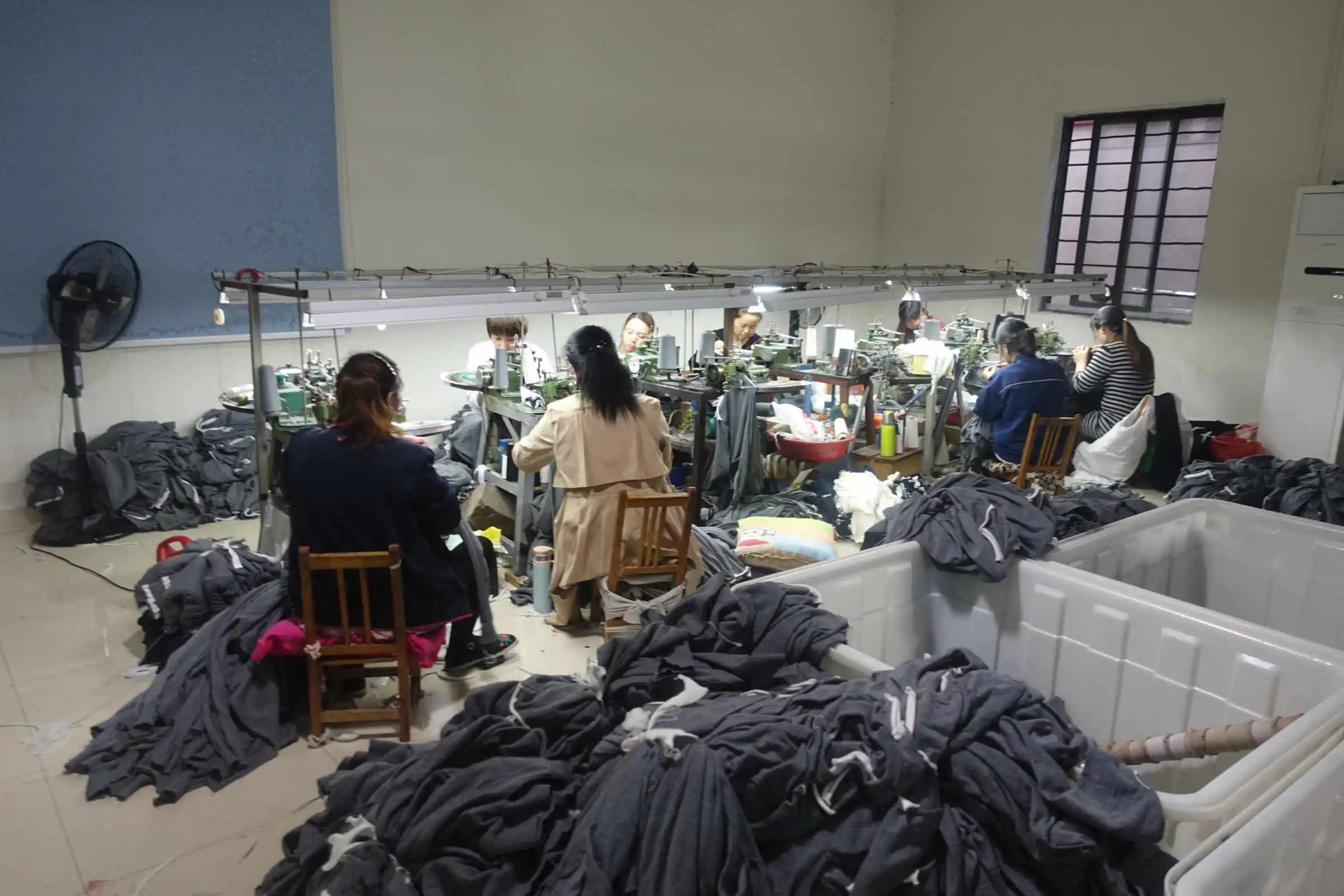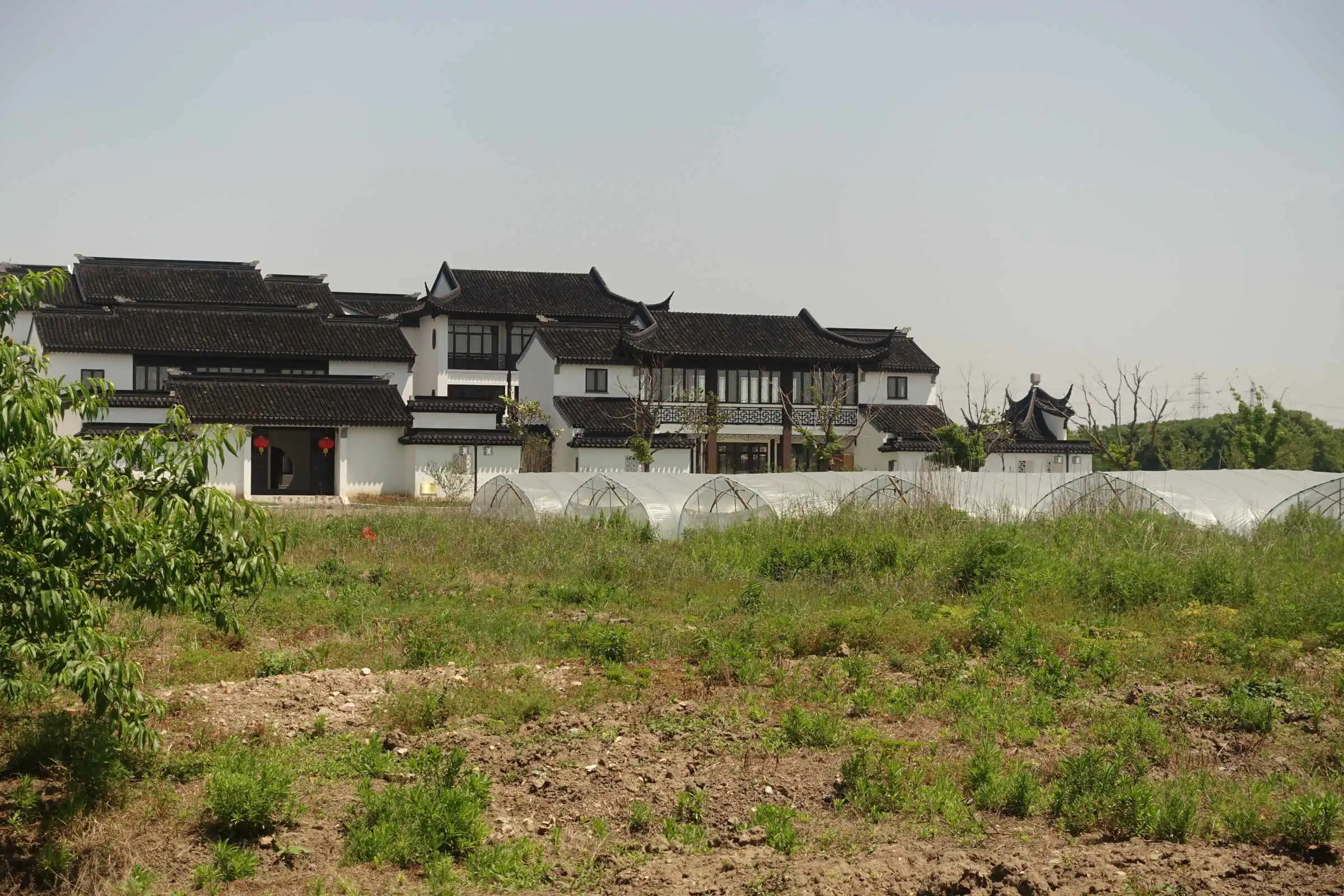Fighting for Quotas
Shanghai-Suzhou Corridor, CHN

Project Description
Shanghai and the surrounding region served as a ‘national model’ for achievement in modernisation through a model of centripetal urbanisation that promotes concentrated human and economic capital in pre-defined centres. The rural land that was designated to be outside of this model was structurally reshaped by reducing quotas in housing and public services.
This research examines different concentration campaigns for a wide spectrum of the policy’s social-economic impacts by combining innovative mapping techniques, first-hand archival research and interviews with residents, planners and officers.
The project reveals the tensions between the centralised and decentralised urbanisation effects causing stark contrasts between the ‘better off’ urban areas and the less privileged countryside residents and migrant workers of the ‘left behind’.
The research intends to shed light on the fast-growing cities in Asia, where centripetal urbanisation may also be enthusiastically promoted without a comprehensive consideration of the wider territorial effects.
Fieldwork Reflection
Shanghai, by contrast to hinterland Chengdu, is well represented in publicly-available maps and plans. However, policies change fast; plans do not always have long-term validity; different agencies develop local initiatives without always coordinating. In this context, it is important to stay alert to the dynamics of plan and action on the ground, and check built reality with site visits and available satellite images
